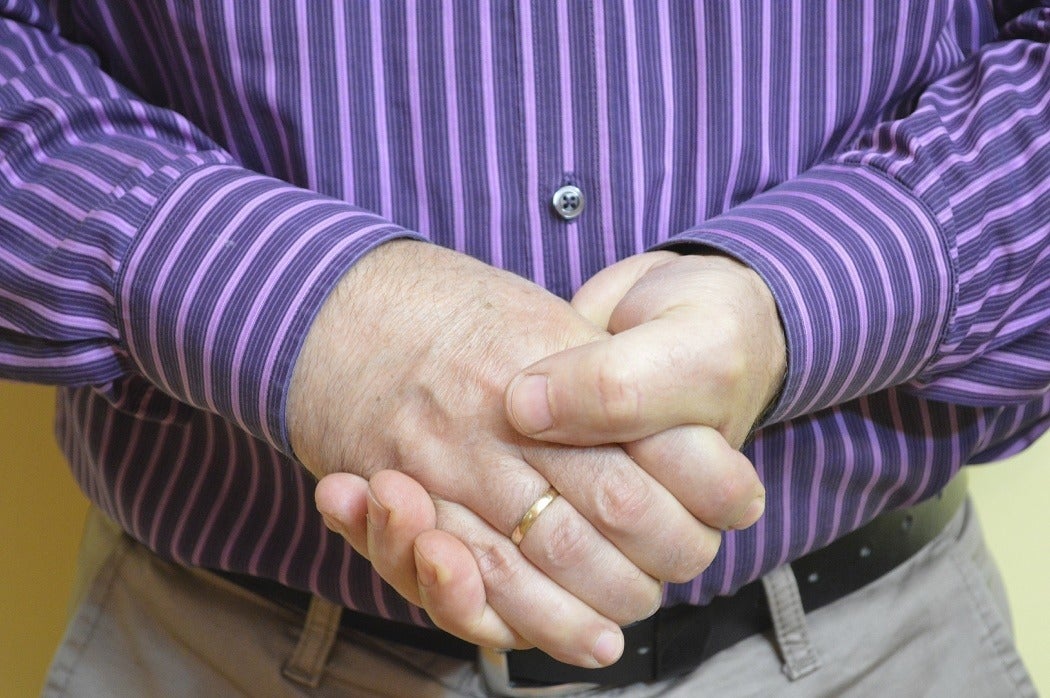Some people find the habit of cracking knuckles satisfying, while others hate it. Thanks to researchers, we now know what creates that familiar sound.
By cracking knuckles inside an MRI, researchers determined that the sound comes from the rapid development of an air cavity inside the joint fluid. Up until now, the belief was that the popping sound came from bursting air bubbles in the joint, but the sound actually begins before that occurs.
The motivation behind the new research was really to determine what health effects, if any, are associated with the practice. Knuckle cracking has been researched since at least the 1940s. Perhaps the simplest attempt to assess the health impacts comes from Dr. Donald Ungar, who fastidiously cracked the knuckles of one hand (but not the other) for 50 years. When his decades of selective knuckle cracking did not result in arthritis, Dr. Ungar decided that knuckle cracking was harmless. This work earned him the most coveted gag prize in science, an Ig Nobel.
On the other hand, a 1989 case study published in the British Medical Journal indicates that cracking knuckles might not be completely benign. Joints from a habitual knuckle cracker showed some hardening and calcification of the finger ligaments. However, the authors do acknowledge that the man in question is not experiencing any distress in his fingers, and they also do not know for sure if the knuckle cracking is responsible for the joint changes they observed. The article does indicate that even in 1989 scientists were close to the source of the sound. They knew that bubbles in the joint were involved but were not quite correct about the mechanism.
Now we know for sure what’s causing the sound, but that’s it. There is still no strong evidence for or against health impacts of knuckle cracking. According to the new study, the energy released upon formation of these bubbles is theoretically sufficient to damage the joints, but there is still no evidence of damage actually occurring.
Dr. Ungar’s results are similarly encouraging, but it is impossible to extrapolate every possible outcome from one man’s left hand. For now, the potential costs of joint popping remain unknown. Hopefully someone else will take a crack at the problem.







